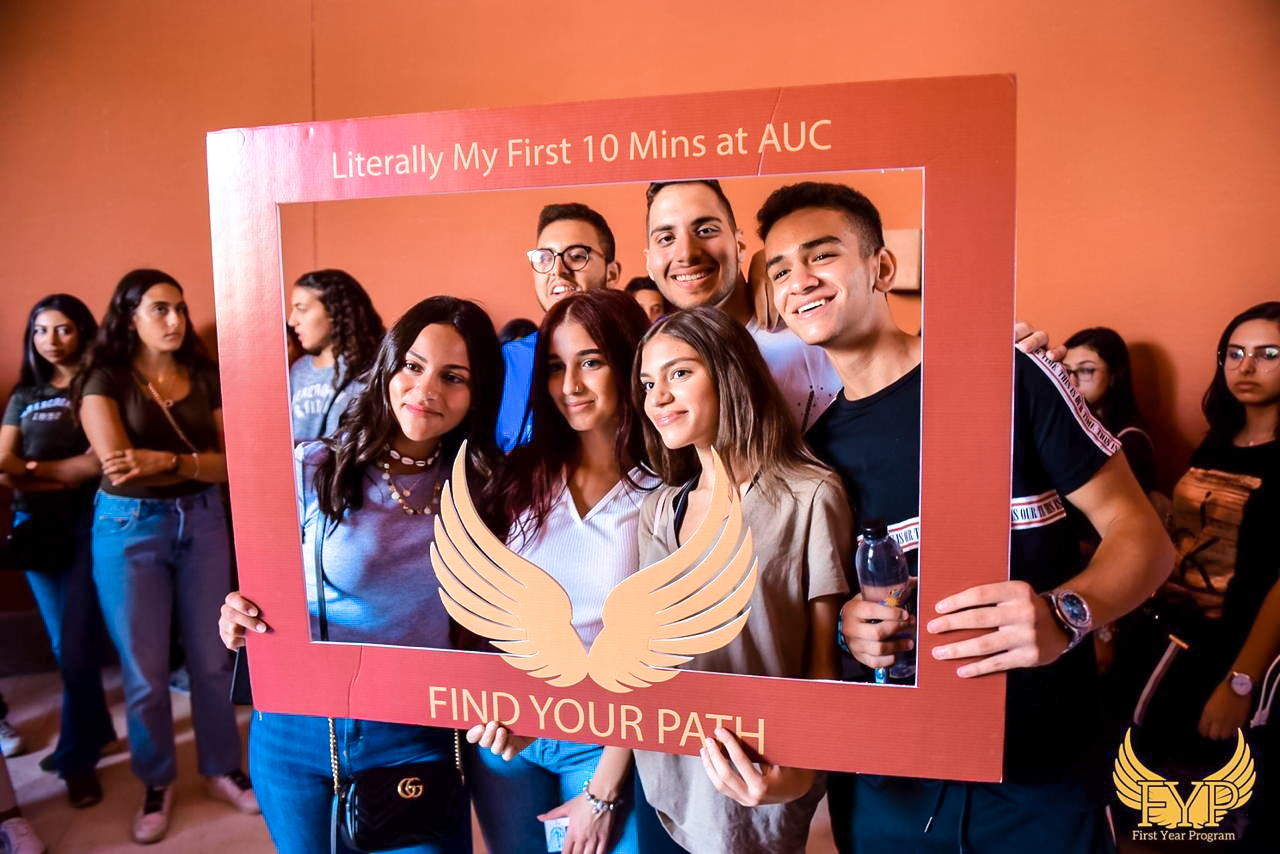The reality of the gap in Egypt
As a person who was in Tahrir chanting, “Bread, freedom, social justice!” just a year ago; I felt morally obligated to go down and protest Morsi’s ridiculous decree. We didn’t topple a dictator to be plagued with a new one.
I walked through the back of Mohamed Mahmoud onto the square for the first time. A piece of me knew no government could afford to attack those I knew would be in the square.
Through the graffiti- ed walls of Mohamed Mahmoud, there were little kids and teenagers playing football in the street, right outside AUC’s main campus. At and around the square, there were no stages set up. Usually, different groups, movements and parties would have different stages set up, where they would be preaching about their causes and they’d sometimes play music or get performers. The square would almost always be divided, and we’d only unite once the tear gas hits.
This Tuesday, we were united without the violence, everybody knew the exact demands, and there were no heated discussions. The people were all standing up against Morsi’s looming dictatorship, for what he sold in Sinai to freeGaza, for a representative Constitutional Assembly, for a more secular, free Egypt.
For the first time, nobody chanted for bread. Don’t be fooled, it wasn’t because Morsi had provided bread; it was because the crowd was the kind of crowd that would rather have baguettes, bread wasn’t a problem.
I am not saying this is necessarily a bad thing, I am just saying Tahrir had more folool than ever, folool and the revolutionaries were one hand; and I don’t mean to be classist, but it was Nadi El Guezira meets AUC.
I sat down near the square to have a cup of tea, as I almost always do when it’s a festive mood. Three girls, blonde highlights, Uggs and designer handbags, sat down to try “the revolution tea.” The tea vendor asked them how they’d like their tea; they said “just normal.” Clearly, they had never had tea outside their homes, tea that’s not in a teabag.
The tea vendor started making their tea and that’s when they spent a good couple of minutes discussing whether it was a good idea to order tea from the street. “But drinking Tahrir tea is part of the experience,” one of them said. “I know,” another one answered, “but are the cups clean? Like, will we not get sick?”
I drank my tea, turned around and said, “we’re trying to start a revolution, a revolution that will bring us freedom, do you think the bullets that might hit us will be clean?”
I walked around the square, ran into my aunt and a lot of my family’s friends, who hated the revolution with a vengeance. My stepmother, whose father worked for Ahmed Ezz (of Ezz Steel) as his right hand man was there.
Tahrir was beautiful and shockingly revealing at the same time. In the past years, every time I was in the square, people were ready to pounce, prepared for the worst. Some didn’t know how to read and write, some barely had an early 2000s cell phone, some were dressed in rags, pajamas and some had Molotov cocktails. On Tuesday, people were filming with their iPads, handicams and SLRs. People held signs in English, Arabic, with high-resolution pictures printed on them. People had their kids. They looked like they were exploring more than they looked like they were protesting.
It was shocking that it revealed the absence of a middle class in Egypt, it revealed how big the gap is between the upper and the lower class. It was beautiful, because people were finally united in the square, with no party or movement flags or stages. Does that mean Egyptians are finally united? Many would say so. I don’t know if I would.



